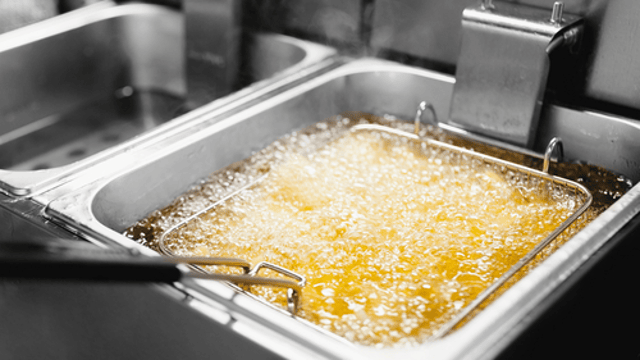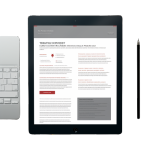
Maximize oil life: The same kind of data can flag locations that continually discard their oil too early—well before TPMs reach their maximum allowable value. This can prompt changes in disposal schedules so that restaurants can fully benefit from every batch.
Reduce waste and costs, and ensure high equipment up-time: When fryers are at the heart of a kitchen, the negative consequences of one breaking down at a critical time, such as when customers are lined up for a limited-time-only special, can quickly cascade to include service delays, lost productivity and revenue, food/oil waste, and excessive repair/replacement costs.
Comprehensive oil management solutions facilitate preventive maintenance, which reduces or eliminates these risks and improves equipment up-time. For instance, when oil temperature reports or real-time alerts show some fryers heating up too slowly, restaurants can request servicing before a problem spirals out of control.
Reduce complaints and improve staff compliance: The advanced analytics and reporting capabilities of today’s solutions also equip restaurants to surface and correct hidden causes of customer complaints, such as non-compliance with oil disposal standards. If a particular location suddenly receives negative reviews, oil quality may be an underlying reason. Even when employees claim that they are in compliance, data revealing filter skips will surface what’s actually happening so that management can act.
Use enterprise-wide benchmarking for further success: Being able to compare oil consumption, cost and performance across locations empowers restaurants to build on their success. IoT data helps answer such questions as: Why are some locations using far more oil than others? Why do some sites need more maintenance for their fryers? Overall, who are the top and bottom performers? What are the costs per cook per hour at locations that are underperforming, and which day parts at that site need more focus?
Having access to this targeted information enables leaders to reinforce and reward positive behaviors, provide additional coaching for teams that require it, and make a larger difference to the enterprise.
In short, when frying operations are central to a foodservice enterprise’s growth, critical oil management data lies squarely in their fryers. IoT-driven comprehensive oil management solutions are now unlocking it so that leaders can make strategic decisions with clarity and confidence.
About the Author
Jay Fiske is President of Powerhouse Dynamics, the leading Internet of Things (IoT) solutions provider for eliminating waste in the operations of multi-site foodservice and retail facilities. Their IoT platform, sold under two different brands—Open Kitchen® for foodservice operators and SiteSage® for retail and other commercial operators—provides control over key equipment for reduced waste and increased cost savings, actionable insights for more informed decisions on equipment and operations, and improved processes for consistent, positive experiences in their facilities. The platform is connected with over 50,000 pieces of equipment across 15,000+ locations. Contact Jay Fiske at [email protected].








